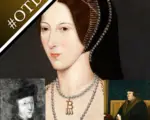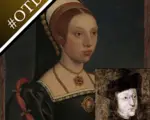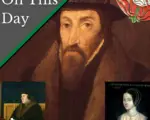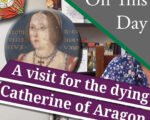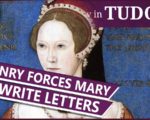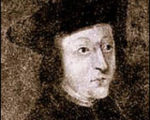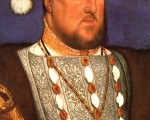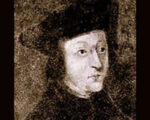
On this day in Tudor history, 21st January 1556, former imperial ambassador, Eustace Chapuys, died in Louvain (Leuven) in Belgium, the place he had retired to in 1549. He was laid to rest in the chapel of Louvain College, the college he had founded following his retirement.
Chapuys, who was born between 1490 and 1492 and was the second son of Louis Chapuys, a notary of Annecy, in the duchy of Savoy, joined the imperial service in 1527. Two years later, in September 1529, he arrived in England to act as advisor to the emperor’s aunt, Catherine of Aragon, in the negotiations regarding the annulment of her marriage to Henry VIII. He was her link to the emperor and to Rome. He became Catherine’s champion, preparing Catherine’s formal protest when Cranmer summoned her to his special court in 1533, a court that ruled her marriage to the king invalid, and in 1534 he acted for Catherine’s daughter, Mary, when he drew up her protest against the Act of Succession. He wasn’t only their staunch supporter and go-between, he became their friend, and I’d go as far as to say that he became a father figure to Mary.
[Read More...]
